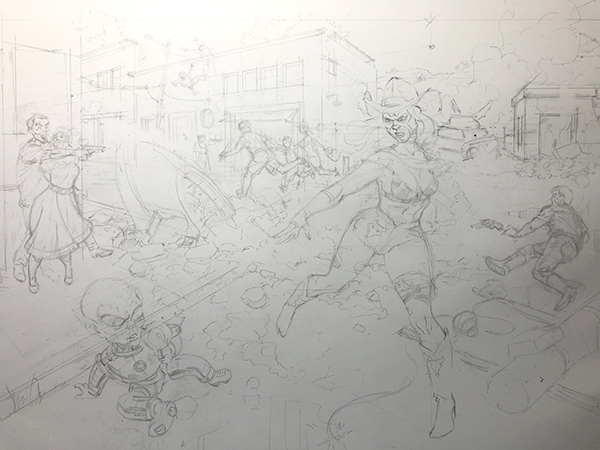Handmade lettering guides
These were drawn on scrap paper or Post-It notes, cap heights and bottom margins eyeballed from looking at printed comics. The process was error-prone process at best. Measurements varied as the pencil points wore down, and there was always a danger of losing the guide on long projects. Using an Ames guide would've been a lot easier.
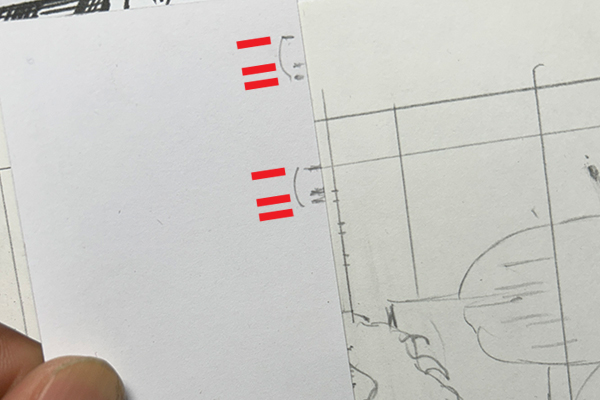
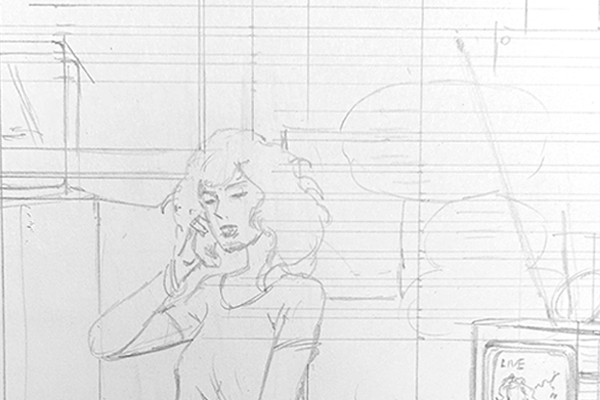
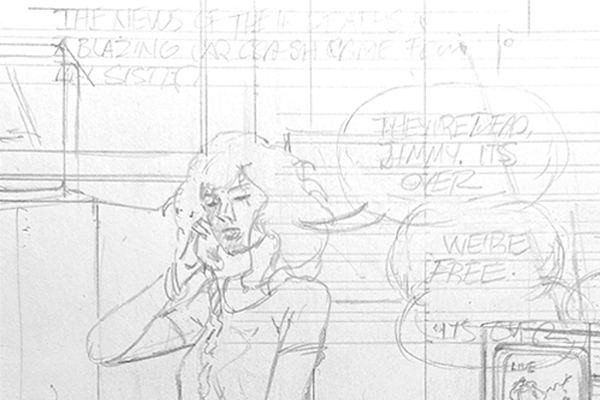
Lettering with markers
I didn't own or understand how calligraphy nibs worked at the time, and still treated lettering as an afterthought. After failing with drawing nibs and technical pens, I settled on allegedly permanent markers. Alex Toth and others did amazing work with them. My problem was being too lazy and dismissive to learn basic comics calligraphy. That would require spending hours studying and copying letterforms of professionals.
My old lettering had spunk and personality at the expense of consistency and legibility.
Old and redux versions of an old panel
This panel from "Bored Sick" was lettered with a homemade lettering guide, "au naturale" style with a permanent marker. The second example is the original art with new lettering and Ames settings; the third is completely new art with lettering based on the original's cap height and bottom margin measurements. 15+ years of traditional lettering prevented me from matching my old letterforms.
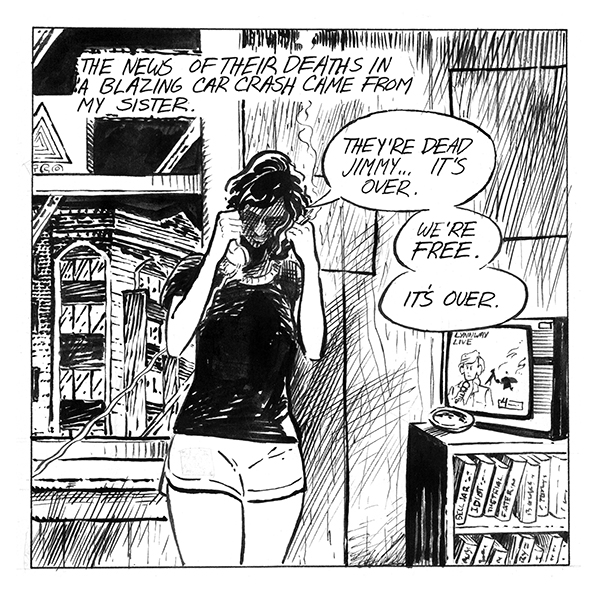
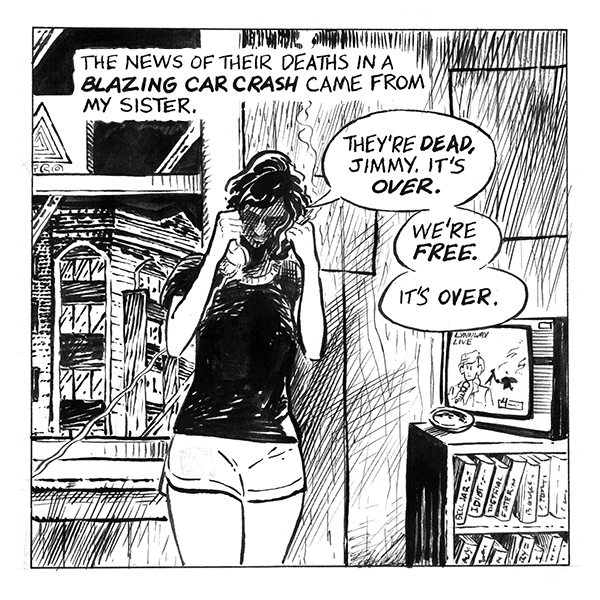
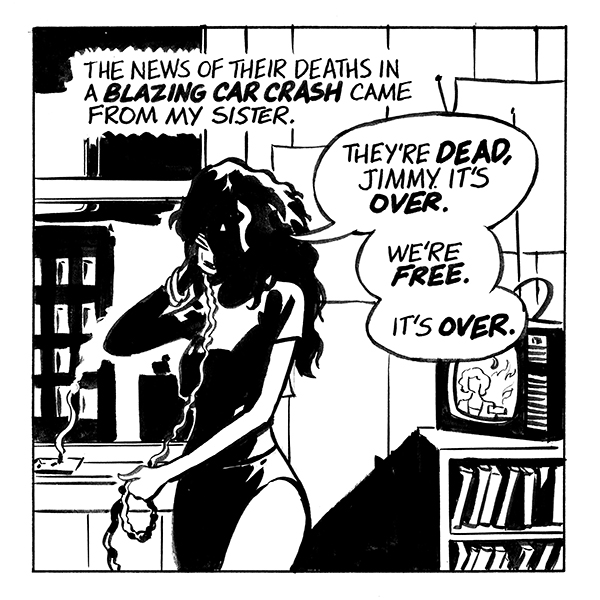
Another example
This is another scene from "Bored Sick." The new version matches the homemade lettering guide measurements, but is lettered with a Speedball nib. The new art is based on Ink Comics by Paul Celli.
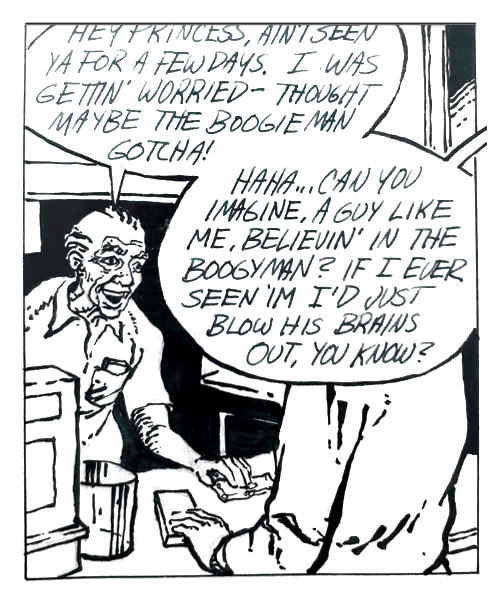

In conclusion
Revisiting my old work proved that using an Ames guide is faster, easier, and more precise than my self-taught and avoidant alternative. The decision to avoid it and calligraphy nibs as based on youth and inexperience. My old lettering had a certain flair, but often sacrificed legibility and consistency for rugged indie spirit.
Dave Marshall, hiding in the rubble of the school they tore down to build the old school

